Introduction
In an era dominated by news of extinction and environmental degradation, the year 2025 has brought with it a breath of fresh air. Scientists, conservationists, and local communities have reported a remarkable resurgence: several species once believed to be extinct have resurfaced in various parts of the world. These reappeared lost species in 2025 aren’t just anomalies—they’re signals of nature’s still-unfolding complexity. Their comeback stories offer fresh perspectives on biodiversity, climate resilience, and the evolving success of conservation strategies.
According to the International Union for Conservation of Nature (IUCN), over 28,000 species are currently threatened with extinction. While that figure is alarming, rediscoveries present a layer of optimism. These aren’t just animals back from extinction; they’re critical indicators of hidden ecological balances and evolving habitats. Through field research, satellite technology, community-based tracking, and a bit of luck, we’ve witnessed ten spectacular rediscoveries in 2025.
Let’s take a closer look at the species that defied the odds—and extinction.
Related: Biodiversity Crisis: 5 Shocking Ways We’re Losing Nature’s Riches
What Does It Mean When a Species Is “Lost”?
Not all species that disappear are officially extinct. Many are considered “lost” when they go unobserved for decades or when their natural habitats undergo drastic changes, making them nearly impossible to locate. In zoology and conservation biology, a species can be tagged as “possibly extinct” if it’s not been seen for at least 50 years but lacks conclusive proof of extinction.
While the reappeared lost species in 2025 gives us hope, it’s essential to understand why these species vanished from view in the first place. Several human-driven and natural factors contribute to animals being declared lost or even extinct:
1. Habitat Destruction
- Deforestation, mining, agriculture, and urban expansion remove critical shelter and food sources.
- Many animals back from extinction once thrived in ecosystems that no longer exist in their original form.
2. Climate Change
- Rising temperatures, erratic rainfall, and sea-level changes alter ecosystems rapidly.
- Cold-adapted or coastal species often disappear from records due to sudden climate shifts.
Related: How Does Climate Change Impact Coastal Ecosystems In The U.S.- 5 Shocking Threats
3. Poaching & Illegal Wildlife Trade
- Overhunting for meat, fur, or the exotic pet trade drives populations to collapse.
- Some rediscovered animals in 2025 were believed to be extinct due to decades of unregulated hunting.
Related: Animals on the Brink: Updated Endangered Species List 2025
4. Invasive Species
- Non-native predators, plants, or pathogens introduced by humans can destabilize ecosystems.
- Native species may disappear from observation due to increased competition or predation.

Related: 6 Strong Differences Between Primary and Secondary Ecological Succession
5. Natural Disasters
- Volcanic eruptions, tsunamis, or wildfires may wipe out local populations entirely.
- As we saw with some species around Lake Taal, ecological recovery can take decades.
Related: Lake Taal: The Breathtaking Volcano Island in the Heart of the Philippines
6. Limited Scientific Access
- Remote, war-torn, or inaccessible regions prevent researchers from surveying areas properly.
- Some species reappeared in 2025 simply because their habitats were previously under-surveyed.
Key Insight: Rediscovered animals in 2025 aren’t just rare—they are reminders that data gaps and overlooked habitats play a big role in how we classify species status.
Related: Volcanic Eruption Prediction in 2025: 5 Proven Methods for Accurate Forecasting
How Do Species Reappear After Being Lost?
Advancements in tracking technologies like camera traps, drones, and bioacoustic sensors have dramatically changed how we search for wildlife. Combined with indigenous knowledge and community-led conservation, scientists have been able to rediscover animals in 2025 that were once declared missing.
“Species reappearance doesn’t always mean recovery, but it means hope,” says Dr. Leanne Fielding, a leading conservation ecologist at the Wildlife Conservation Society.
Top 10 Reappeared Lost Species in 2025
Each rediscovery not only challenges our understanding of extinction but also reinforces the importance of conservation funding, policy, and field research.
1. Fernandina Island Galápagos Tortoise

- Last Seen: 1906
- Location: Fernandina Island, Galápagos, Ecuador
- Rediscovered By: Expedition team from the Galápagos Conservancy
- Status: Critically Endangered
This tortoise was found in a volcanic forest, alive and well. Her discovery has reignited efforts to search for more individuals on remote volcanic slopes. It stands as a cornerstone among the reappeared lost species in 2025.
Related: Socotra, the Galapagos of the Indian Ocean: 8 Little-known Facts
2. Ivory-billed Woodpecker
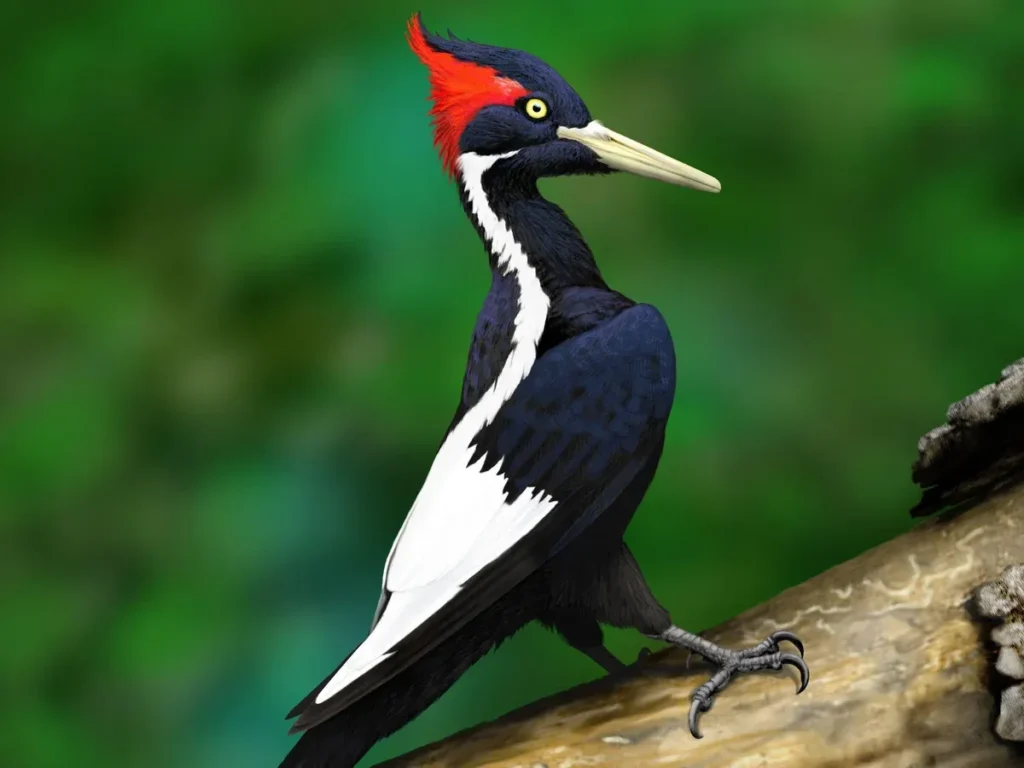
- Last Confirmed Sighting: 1944
- Location: Louisiana, USA
- Rediscovered By: Cornell Lab of Ornithology
- Status: Critically Endangered
Dubbed “The Holy Grail of Birding,” its rediscovery was aided by AI-powered acoustic monitoring. This case was a highlight among the rediscovered animals in 2025 and sparked debates across American ecological circles.
Related: 10 Heartbreaking Stories of Endangered Species in California
3. Mountain Pygmy Possum

- Presumed Extinct: 2009
- Location: Snowy Mountains, Australia
- Status: Endangered
Thanks to a massive snowfall in 2024, new sightings emerged in early 2025. Their survival suggests hidden alpine microhabitats that could support other species thought extinct.
Related: 5 Mind-Blowing Reasons Why Asking “Is Australia an Island?”
4. Voeltzkow’s Chameleon
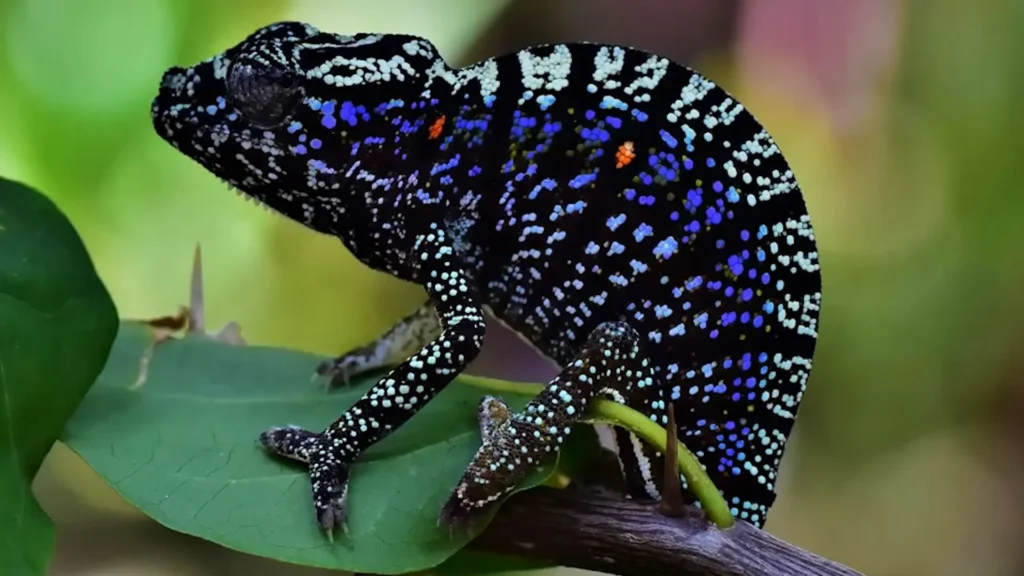
- Last Seen: 1913
- Location: Madagascar
- Status: Vulnerable
Found during a biodiversity survey, this chameleon lives just a few months per year. Its lifecycle poses fascinating evolutionary questions.
Related: Discover Tsingy de Bemaraha: Madagascar’s 100 Miles of Razor-Sharp Stone Wonders
5. Himalayan Quail
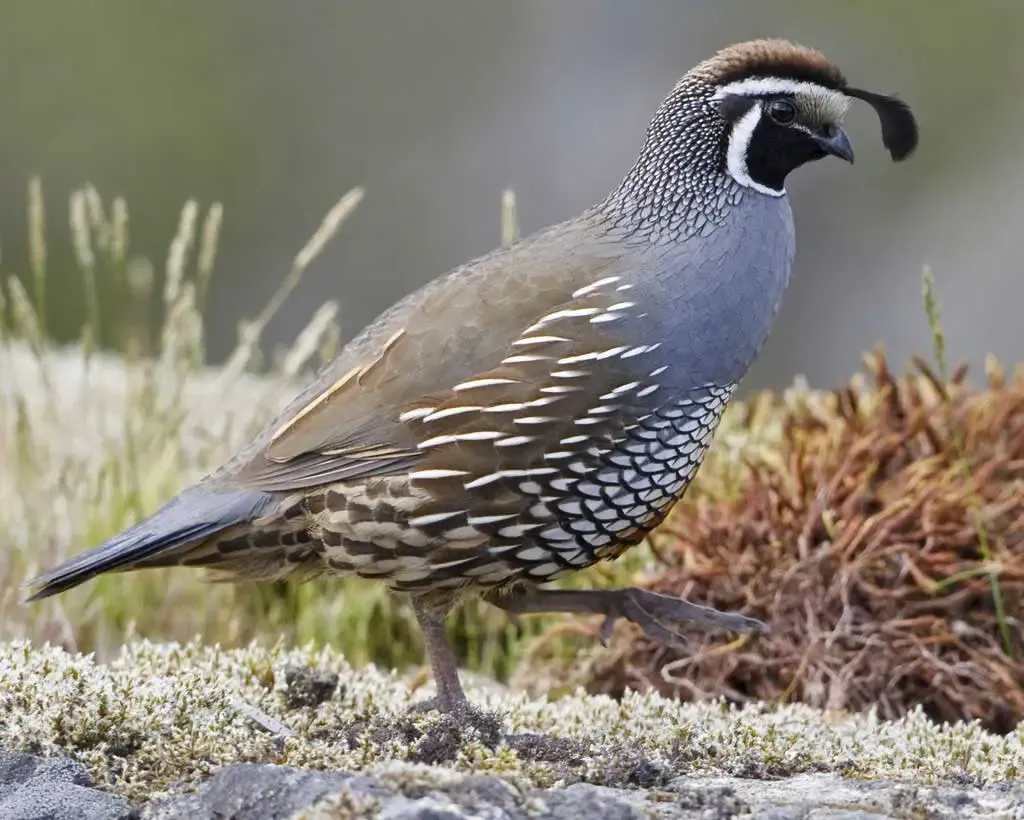
- Presumed Extinct: Since 1876
- Location: Uttarakhand, India
- Rediscovered By: Forest guards and a birdwatching NGO
- Status: Critically Endangered
This elusive bird has become a conservation priority in 2025 and symbolizes hope for other mountain-dwelling species.
Related: Urgent: Risks Threaten the Biodiversity of the Hindu Kush Himalayas
6. Cuban Greater Funnel-eared Bat

- Presumed Lost: Mid-1900s
- Rediscovered In: Cueva La Barca, Cuba
- Status: Data Deficient
One of the most mysterious animals back from extinction. It was rediscovered inside an ancient cave with a stable microclimate.
Related: 10 Deepest Canyons in the World That Will Leave You in Awe
7. Black-naped Pheasant-pigeon
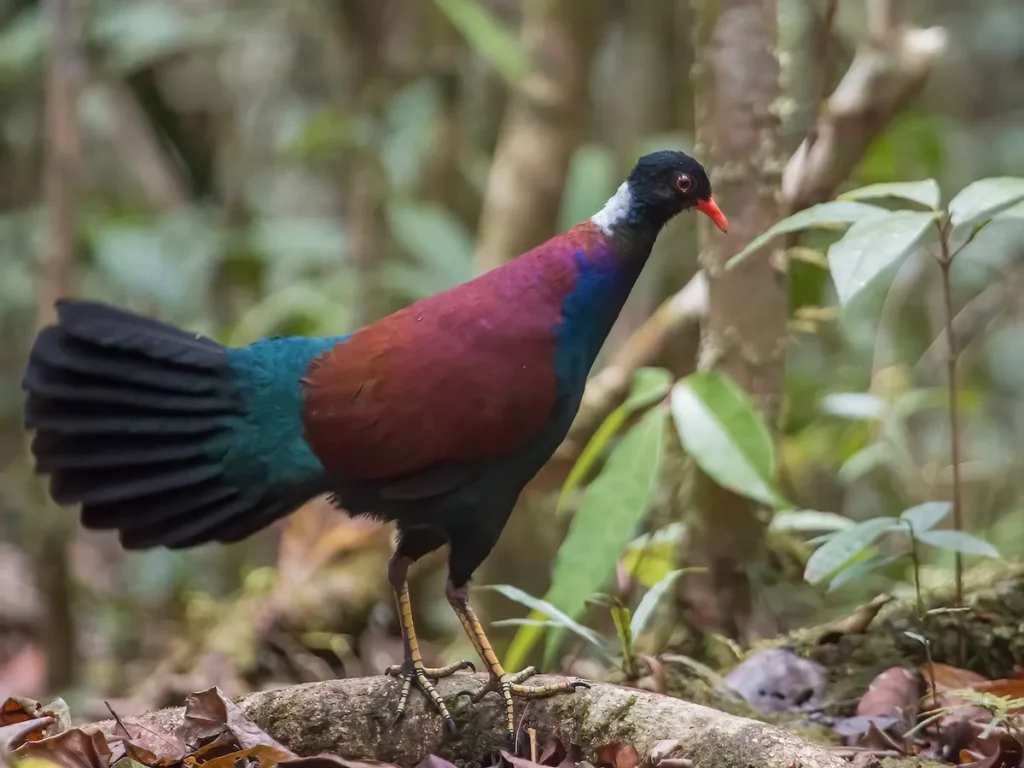
- Last Seen: Over 140 years ago
- Location: Fergusson Island, Papua New Guinea
- Status: Critically Endangered
Caught on camera in 2025, it stirred excitement within the global birdwatching community.
Related: Why the Economic Value of Guano Is More Important Than Ever: 8 Key Factors
8. Somali Sengi (Elephant Shrew)

- Last Observed: 1968
- Location: Horn of Africa
- Rediscovered By: Global Wildlife Conservation & local scientists
- Status: Least Concern (Post-rediscovery)
Its high-speed movements and cryptic lifestyle made it easy to overlook, but 2025 changed that.
Related: Unbelievable: The Reappearance of a Lost Species Chinook Salmon Makes a Comeback!
9. Wondiwoi Tree Kangaroo
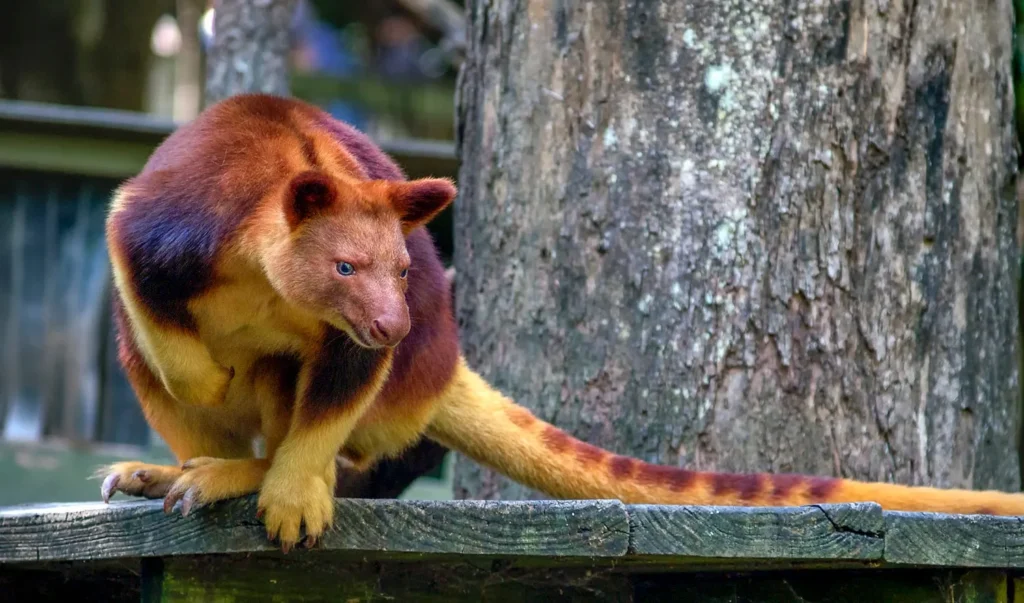
- Presumed Extinct: Since 1928
- Location: Papua, Indonesia
- Status: Endangered
Discovered via drone-mounted cameras, it’s one of the rarest marsupials alive today.
Related: 15 Most Unique Trees in the World That Will Leave You in Awe
10. Pernambuco Holly Tree

- Presumed Extinct: Early 1900s
- Location: Northeastern Brazil
- Status: Endangered
Although not an animal, this rare tree’s rediscovery plays a pivotal role in its rainforest’s food web and carbon absorption.
Related: Amazon Biodiversity Loss: How Much of the Lungs We Lost Until 2025
Why These Rediscoveries Matter
These reappeared lost species in 2025 aren’t just wildlife headlines—they hold deep ecological, scientific, and cultural significance. Here’s why their comeback matters:
✅ 1. Renewed Hope for Conservation
- Each rediscovery fuels conservation success stories, proving that preservation efforts can work.
- They inspire governments and NGOs to fund more biodiversity programs.
Related: Ancient Fossil Feathers Unearthed: You Won’t Believe What These Million-Year-Old Feathers Reveal
✅ 2. Better Understanding of Ecosystems
- Rediscovered animals in 2025 help scientists reevaluate ecosystem health and missing links in the food chain.
- Their presence signals that some habitats are more intact than previously believed.
Related: Ecosystem | Definition, Components, and 5 Important Types of Ecosystem
✅ 3. Challenge to Extinction Models
- Traditional extinction models rely on an absence of sightings. These rediscoveries show that data gaps exist.
- Many animals back from extinction were simply in hard-to-reach or under-surveyed areas.
✅ 4. Boost to Environmental Awareness
- Media coverage around these species educates the public and draws attention to endangered wildlife.
- It shifts the narrative from “doom and extinction” to hope and recovery.
✅ 5. Opportunity for Genetic Diversity Research
- Studying reappeared lost species in 2025 offers a chance to preserve rare genetic traits.
- This could benefit future reintroduction or breeding programs for threatened species.

✅ 6. Revival of Indigenous and Local Knowledge
- In many cases, local communities were aware of the species’ existence before scientists.
- Rediscoveries validate and elevate traditional ecological knowledge in modern conservation.
Related: Negative Effects of Climate Change on Indigenous People of the World
✅ 7. Policy & Funding Leverage
- Rediscoveries serve as tangible proof for pushing wildlife policies and international funding.
- Governments are more likely to protect areas proven to host animals from extinction.
Rediscovered Species and Their Key Facts
| Species | Location | Year Last Seen | Year Rediscovered | Current Status |
|---|---|---|---|---|
| Fernandina Island Tortoise | Galápagos | 1906 | 2025 | Critically Endangered |
| Ivory-billed Woodpecker | USA | 1944 | 2025 | Critically Endangered |
| Mountain Pygmy Possum | Australia | 2009 | 2025 | Endangered |
| Voeltzkow’s Chameleon | Madagascar | 1913 | 2025 | Vulnerable |
| Himalayan Quail | India | 1876 | 2025 | Critically Endangered |
| Cuban Greater Funnel-eared Bat | Cuba | 1950s | 2025 | Data Deficient |
| Black-naped Pheasant-pigeon | Papua New Guinea | 1882 | 2025 | Critically Endangered |
| Somali Sengi | Horn of Africa | 1968 | 2025 | Least Concern |
| Wondiwoi Tree Kangaroo | Papua, Indonesia | 1928 | 2025 | Endangered |
| Pernambuco Holly Tree | Brazil | 1910s | 2025 | Endangered |
Key Takeaway
The reappeared lost species in 2025 show us that with advanced tools, community involvement, and global cooperation, nature still has secrets to reveal. But rediscovery must be a stepping stone, not a finish line. We need swift policy action to ensure these animals back from extinction, which are not lost again.
Final Thought
The rediscovery of lost species in 2025 reminds us that nature still holds secrets worth uncovering. While extinction remains a pressing global crisis, these reappeared lost species in 2025 offer a rare spark of optimism in conservation science. Each comeback story is more than a biological event—it’s a call to action. From remote rainforests to isolated islands, these animals brought back from extinction show that with perseverance, funding, and respect for local knowledge, survival is still possible.
However, rediscovery must lead to protection. Without immediate action, we risk losing these species all over again—this time, for good. Let’s take these rediscoveries as a turning point to rethink how we value biodiversity and ensure these conservation success stories continue beyond headlines and hashtags.
FAQs
1. What defines a “lost species”?
A species not observed for decades but not officially declared extinct.
2. How are lost species rediscovered?
Through tech tools, field surveys, and indigenous tracking methods.
3. Do rediscovered species mean that extinction is reversed?
No, but it offers a second chance at conservation.
4. What role does local knowledge play in rediscoveries?
A major one. Many finds happen with the help of native communities.
5. Are there plants among the reappeared lost species in 2025?
Yes, like the Pernambuco Holly Tree rediscovered in Brazil.





